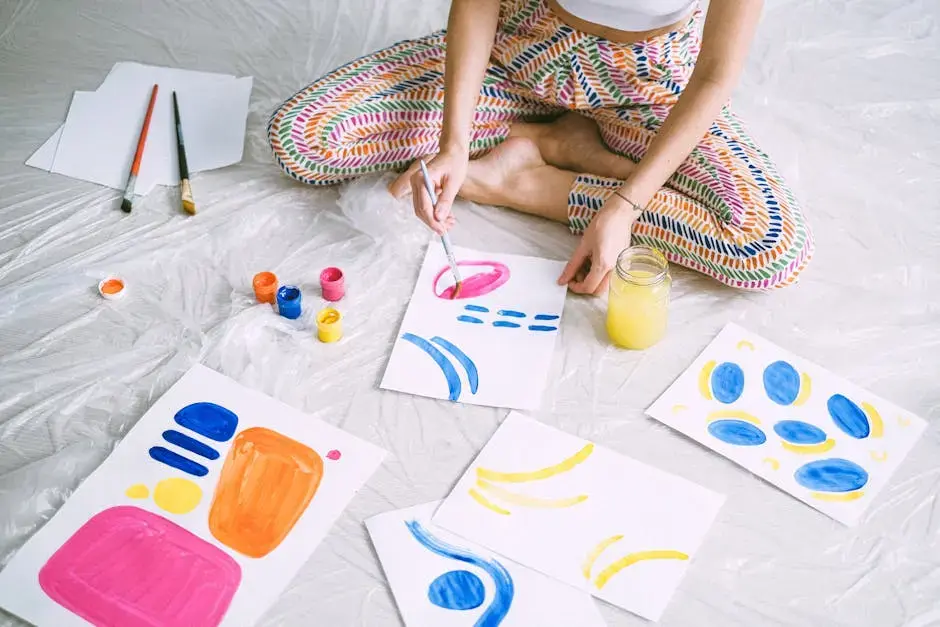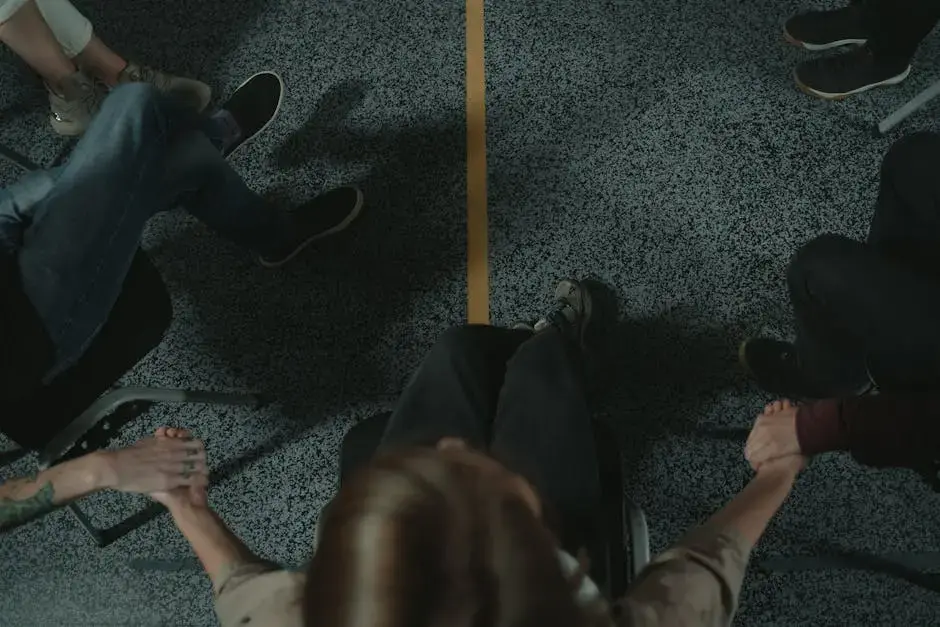How Does Art Therapy Psychology Address Anxiety and Depression?
- Karrie Stafford

- May 30
- 4 min read
Art therapy psychology is a powerful tool that combines the creative process with therapeutic techniques to help individuals address mental health challenges such as anxiety and depression. By engaging in creative expression, individuals can explore their emotions, reduce stress, and gain insights into their personal experiences. In this blog, we will explore the key ways in which art therapy psychology can effectively address anxiety and depression.

Understanding Art Therapy
Art therapy is a therapeutic approach that uses artistic expression to help individuals communicate their feelings, thoughts, and experiences. It provides an alternative way to express emotions, especially when words fail.
In a typical art therapy session, individuals may engage in drawing, painting, or sculpting as a means to explore their inner world. This process can be incredibly liberating, fostering a deeper connection to one's self.
Moreover, art therapy is guided by trained professionals who understand the complexities of mental health. These experts facilitate sessions with care, ensuring a supportive environment where individuals can truly express themselves.
The beauty of art therapy lies in its versatility; it can be tailored to fit the needs of each individual. For some, the act of creating art serves as a form of meditation, promoting mindfulness and reducing anxiety.
Identifying Anxiety and Depression
Recognizing the signs and symptoms of anxiety and depression is crucial in understanding how art therapy can help. These conditions can manifest in various ways, affecting mood, behavior, and overall well-being.
Common symptoms of anxiety include excessive worry, restlessness, and irritability. On the other hand, depression may present as persistent sadness, withdrawal from social interactions, or fatigue. Understanding these signs is the first step toward healing.
It's important to remember that everyone experiences anxiety and depression differently. Some may feel overwhelmed by everyday tasks, while others might find it challenging to find joy in activities they once loved.
By identifying these experiences, individuals can begin to seek help effectively. Art therapy can offer a gentle entry point into treatment, allowing individuals to address their feelings without the pressure of verbalizing their struggles immediately.
How Art Therapy Works
Art therapy encourages personal expression through various forms of art, helping individuals process their emotions and experiences. By engaging in creative activities, participants can explore difficult feelings in a safe environment.
Through the act of creation, many art therapy clients find that they can externalize their inner turmoil. This externalization is a key component of the healing process, as it allows for reflection and understanding.
Additionally, art therapy employs various techniques, such as guided imagery and art-making exercises, to facilitate deeper introspection. These methods can assist in uncovering underlying issues that contribute to anxiety and depression.
Ultimately, the focus remains on the individual's artistic journey, enabling them to make sense of what they might not fully comprehend at first. This unfolding process can lead to transformative insights and emotional relief.
Benefits of Art Therapy for Anxiety and Depression
Art therapy offers numerous benefits, including stress reduction, enhanced self-esteem, improved emotional regulation, and the ability to communicate feelings non-verbally. These outcomes can contribute to a positive shift in mental health.
One of the most significant benefits of art therapy is its ability to reduce anxiety. Engaging in creative expression can serve as a powerful distraction from anxious thoughts, providing individuals with the mental space needed to relax.
Furthermore, as clients create art, they often experience a sense of accomplishment and pride. This boost in self-esteem can have a profound impact on one's overall emotional state, making it easier to face daily challenges.
Art therapy also fosters a unique sense of community. Individuals who participate in group sessions may find solace in sharing their work with others, feeling understood and supported in their struggles.
Who Can Benefit from Art Therapy?
Individuals of all ages can benefit from art therapy, whether they are dealing with anxiety, depression, trauma, or other mental health issues. It is especially helpful for those who may struggle to express themselves verbally.
Art therapy can be particularly effective for children and adolescents, who might find it challenging to articulate their feelings. Through art, they can express complex emotions in a way that feels accessible and less daunting.
Adults, too, can find empowerment through this process. Many find that art therapy helps them connect to their inner selves and build resilience as they work through their emotional difficulties.
Even older adults experiencing feelings of isolation or mental health struggles can find hope and healing through art therapy. It provides a creative outlet that can spark joy and foster connection with others.
Getting Started with Art Therapy
If you are interested in exploring art therapy, consider looking for certified art therapists in your area or online programs. Many community centers, hospitals, and private practices offer art therapy sessions.
It's essential to find a qualified professional who understands your unique needs and goals. Many therapists offer introductory sessions, which can help you gauge if their approach resonates with you.
Moreover, you might also explore self-directed art activities. Drawing, painting, or even coloring can be therapeutic when done mindfully. While professional guidance is beneficial, individual creativity can also pave the way for healing.
Finally, remember that art therapy is a journey, not a race. Take your time to explore the creative process and embrace the healing that unfolds in its own way. Every step you take in this artistic journey can lead you closer to emotional wellness.
Embracing Healing through Creativity
Art therapy psychology offers a unique and impactful approach for those struggling with anxiety and depression. Through creative expression and therapeutic guidance, individuals can find new ways to cope with their feelings, discover personal insights, and embark on a journey towards healing and self-discovery. If you or someone you know is facing these challenges, consider exploring the transformative potential of art therapy.




Comments